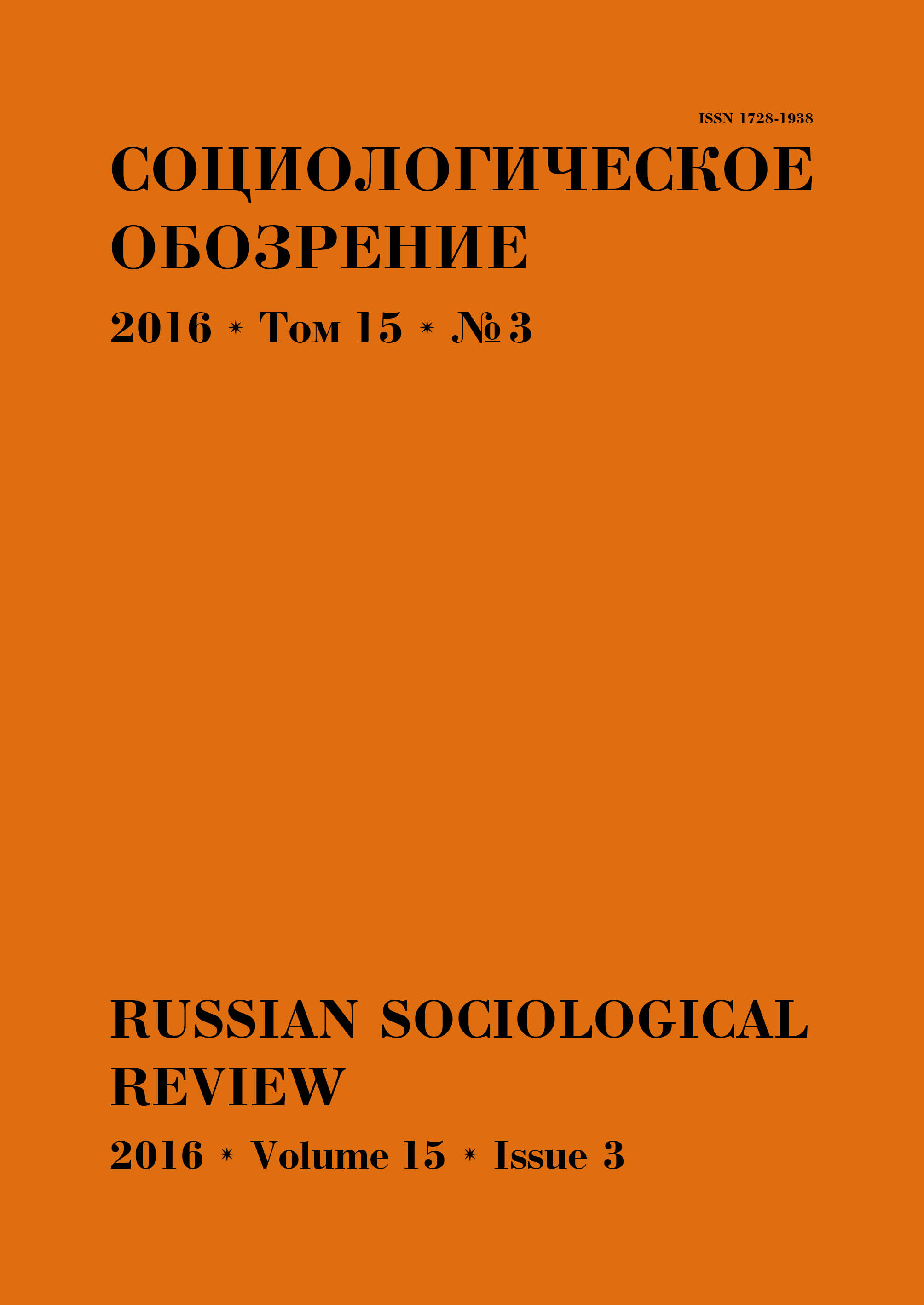Abstract
The article discusses the methodology of video analysis and the prospects of using it in studying the social interaction order. The distinction between the traditional understanding of visual sociology and an interactionist view on the use of video technology in the sociological study is drawn. We describe the development of video analysis and the areas where this methodology is applied. The article analyses the characteristics of video as a research tool for studying everyday interactions, and emphasizes the advantages of the method such as the naturalistic approach, a focus on the multimodality and organization of interactions, and the ability to grasp the role of material objects and environment. We outline specific traits of video, such as the possibility of replaying it, the similarities and differences of the social, scientific and “professional” methods of working with video, and the reflexivity in the process of production and handling recordings. Using video for sociological research is discussed as a space of methodological choices. Issues of where to install a camera, what software to employ for archiving files, montage and editing, how to transcribe and present data, or whether to analyze fragments on data sessions have substantive consequences. These choices are made by the researcher and formed by his interests and questions, as well as by particularities of the object. The aspects and potential of video analysis are elaborated in the example of the research of museum visitors. Besides a brief review of the recent studies of visitors’ interactions, we demonstrate how a sociologist can produce, transcribe, and make sense of a video fragment.Downloads
Download data is not yet available.
